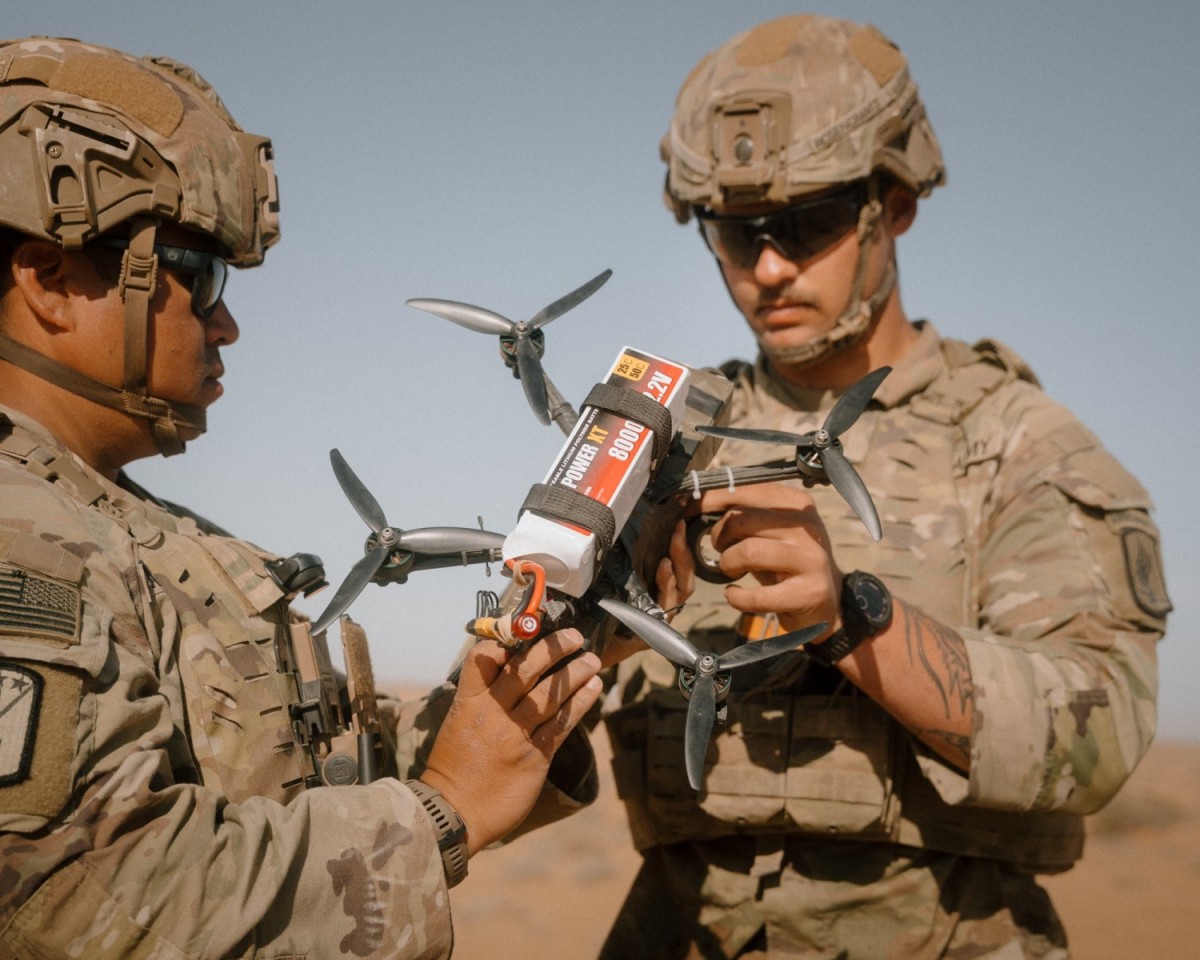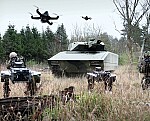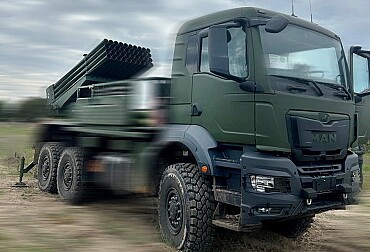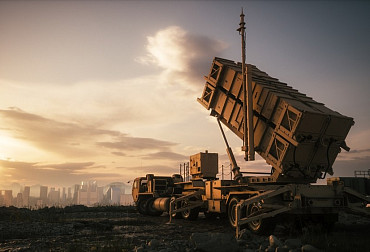The Dawn of Drone Dominance: U.S. Army's Million-Drone Vision and the SkyFoundry Initiative
The battlefield of tomorrow is already here, and it flies. In a strategic pivot that underscores the rapidly evolving nature of modern warfare, the U.S. Army has unveiled an audacious plan to field an unprecedented one million drones within the next two to three years. This isn't just an aspiration; it's a critical imperative driven by the grim reality that drones now account for over 80% of casualties in contemporary conflicts. To achieve this monumental goal, the Army is banking on a transformative new pilot program: SkyFoundry.

Secretary of the Army Dan Driscoll first hinted at the accelerated drone production during a visit to Picatinny Arsenal, with an Army spokesperson later providing detailed clarification to Military Times. The essence of the strategy lies in a dual approach: significantly boosting in-house Army manufacturing capabilities and forging robust partnerships with the private sector.
SkyFoundry: A Catalyst for Industrial Revitalization
At the heart of this initiative is SkyFoundry, conceptualized as a public-private partnership designed to reinvigorate the American industrial base. "This concept will stimulate the U.S. drone industry, support American manufacturing, increase access to rare earth materials, produce low-cost components and ultimately deliver drones for immediate needs to the Army," an Army spokesperson elaborated. The vision is holistic, aiming to create a healthier domestic industry, enhance national security, and equip the Army with the systems required to procure and produce millions of drones rapidly.
The spokesperson further clarified that the Army’s intent is not to outcompete private industry, but rather to expand the overall capacity and ensure that drone technology becomes widely accessible to service members. This is a crucial distinction, emphasizing collaboration over competition, and recognizing the expertise and innovation inherent in the private sector.
The Strategic Imperative: Adapting to Modern Warfare
The drive for a million-drone fleet is rooted in a stark assessment of modern combat. The spokesperson noted, "Some drones will be expendable as if they’re munitions, others will be durable, but not meant to last forever." This statement highlights a shift towards a diversified drone ecosystem, where these unmanned systems serve a multitude of roles, from reconnaissance and targeting to direct strike capabilities, often in a cost-effective, high-attrition environment. The overarching message is clear: "Everyone will need to be well-versed in using drones and in counter drone response." This signifies a future where drone operations and defense against them will be fundamental skills across all ranks.
Legislative Backing and National Security Concerns
The urgency of this initiative has resonated in Congress. On September 4th, shortly before a government shutdown, Congressman Pat Harrigan, R-NC., introduced the SkyFoundry Act. Harrigan’s statement painted a stark picture of the current deficit: "More than 80% of casualties in modern war now come from drones, yet we still have no capacity to build them at scale. That failure is reckless, and it leaves our troops exposed."
His bill directly addresses these concerns, aiming to "create the capacity to design, test and build a million drones a year right here in America." Beyond equipping troops, the legislation has significant geopolitical implications, seeking to "cut China out of our supply chains" and ensure that the U.S. is never again outproduced in the critical weapons systems that determine the outcome of wars.
A New Era of Defense and Innovation
The U.S. Army's one-million-drone initiative, powered by SkyFoundry, marks a pivotal moment in defense strategy. It acknowledges the undeniable dominance of unmanned aerial systems in contemporary conflict and proactively seeks to reshape America's industrial base to meet this challenge. By fostering public-private partnerships, expanding domestic manufacturing, and prioritizing accessible, cost-effective drone technology, the Army aims not only to protect its service members but also to solidify the nation's technological and industrial resilience in an increasingly complex global landscape. This bold vision represents a significant leap forward, redefining what it means to be prepared for the battles of today and tomorrow.









